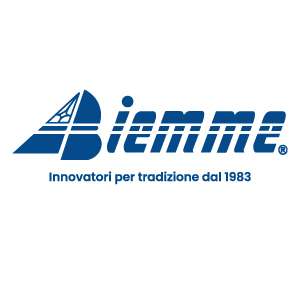A CONDITION SURVEY OF CONCRETE ELEMENTS WITH CORROSION INHIBITORS
Three wall elements have been stored in the tidal zone in the Trondheim fjord, Norway (average yearly temperature 5°C) for 12 years. Two concrete elements were added either calcium nitrite or calcium nitrate as corrosion inhibitors, while the third element without inhibitor served as reference.
ABSTRACT
Three wall elements have been stored in the tidal zone in the Trondheim fjord, Norway (average yearly temperature +5°C) for 12 years. Two concrete elements were added either calcium nitrite or calcium nitrate as corrosion inhibitors, while the third element without inhibitor served as reference. The wall elements with calcium nitrate and the reference appeared to be in pristine state by the naked eye, while the element with nitrite had spalled off the surface skin. It was then decided to survey the microstructure of the binder for all the 3 concrete elements.
The compressive strength of the concrete with nitrite was higher than concrete with nitrate, which again was higher than the reference. On the other hand, the compressive strength of both concrete with nitrite and without seemed to have a significant drop in strength from 1 year to 12 years (only one core), while the strength of concrete with nitrate was rather constant in the same period.
The calculated apparent diffusion coefficient of chlorides was about double for the concrete with nitrite compared to the two others. The binder near the surface was substantially cracked in the concrete with nitrite, and the sulphate ingress from sea water was higher than for the two other concretes. Evidence was found for thaumasite in the concrete with nitrite, but not in the others, in spite of the recipe was the same for all wall elements containing limestone filler.
Key-words: corrosion inhibitor, nitrate, nitrate, microstructure, sulphate, sea water
INTRODUCTION
The phase changes in concrete exposed to sea water are complex due to the presence of a variety of ions in the sea water such as sodium, chloride, magnesium, sulfate, calcium and carbonate ions. These ions can affect the phase assemblage of the concrete in different ways [1–3]. Most studies on the effect of sea water on concrete focus on the ingress of chloride ions in concrete as chlorides pose a threat to the reinforcement by causing pitting corrosion. The chloride ingress from sea water can, however, be influenced by the other ions present in the sea water either by changing the chemistry and/or porosity or even by causing scaling.
The concrete wall elements in question were cast in 2002 and are described in detail by Justnes [4]. In a previous study [5, 6] the phase changes in a concrete wall element exposed in the tidal zone of the Trondheim fjord for 10 years were investigated and it was shown that the chloride level near the exposed surface is low (higher further in) as the chloride peak is preceded by a magnesium enriched zone followed by a sulfate enriched zone. In addition, these zones showed signs of carbonation. This zoned attack has also been observed by Marchand et al. [7], Chabrelie et al. [8] and Jakobsen [9] on marine exposed concrete.

Calcestruzzo Armato
Esplora la guida completa sul calcestruzzo e sul calcestruzzo armato, due elementi fondamentali nell'edilizia. Scopri le composizioni, come l'integrazione di fibre metalliche e polimeriche, e le ultime innovazioni che migliorano le proprietà strutturali. Aggiorna le tue conoscenze sui materiali cementizi per una comprensione avanzata e applicazioni ottimali.
